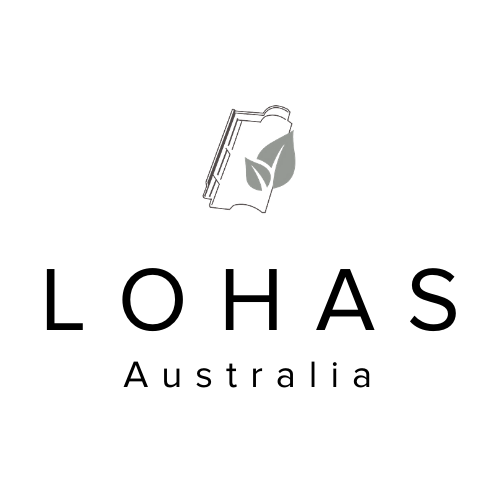How to choose the correct brick bonding pattern?
/Bonding is the industry term that’s given to the pattern in which the bricks are laid. Whilst the primary purpose of a bond is to ensure the brickwork is strong and stable, it can also have a dramatic effect on the visual appearance of a wall. There are several ways in which the stretcher (the longer, rectangular face) and the header (the shorter, square face) can be laid, so deciding on a preferred style up front is crucial.
Stretcher bond
With the stretcher bond, courses are laid as stretchers with the joint of one course falling midway between the joints of the courses below. As the outer leaf of a building envelope is now only half a brick thick in modern construction, stretcher bond has become the most popular bond as it is time and cost effective to use.
Header bond
Popular during the 18th century, the header bond pattern often employed contrasting brick colours to give a decorative effect. This bond uses so many bricks that it is usually reserved for very high-quality buildings. It can also used for radial brickwork, as the header faces can accommodate smaller radii.
English bond
The traditional English brick bond alternates between stretcher and header courses, with headers centred over the stretchers underneath. This is the oldest pattern, and was commonly used until the end of the 17th century. English Bond is considered stronger than Flemish bond, so continues to be used for civil engineering projects, such as bridges, viaducts and embankments.
Flemish bond
The traditional Flemish brick has alternative stretchers and headers on every course, with the headers centred over the stretchers underneath. From the beginning of the 18th century, the Flemish bond superseded English bond. Flemish bonds can be replicated in the half-brick outer leaf of a cavity wall by using whole bricks as stretchers, while the headers are created by half bricks called bats or snap-headers.
English garden wall bond
The decorative English garden wall bond has three courses of stretchers between every course of headers, often in a different colour. Laying stretchers uses up fewer bricks than laying headers however it is also less strong hence its use in traditional walled gardens and other modest structures.





